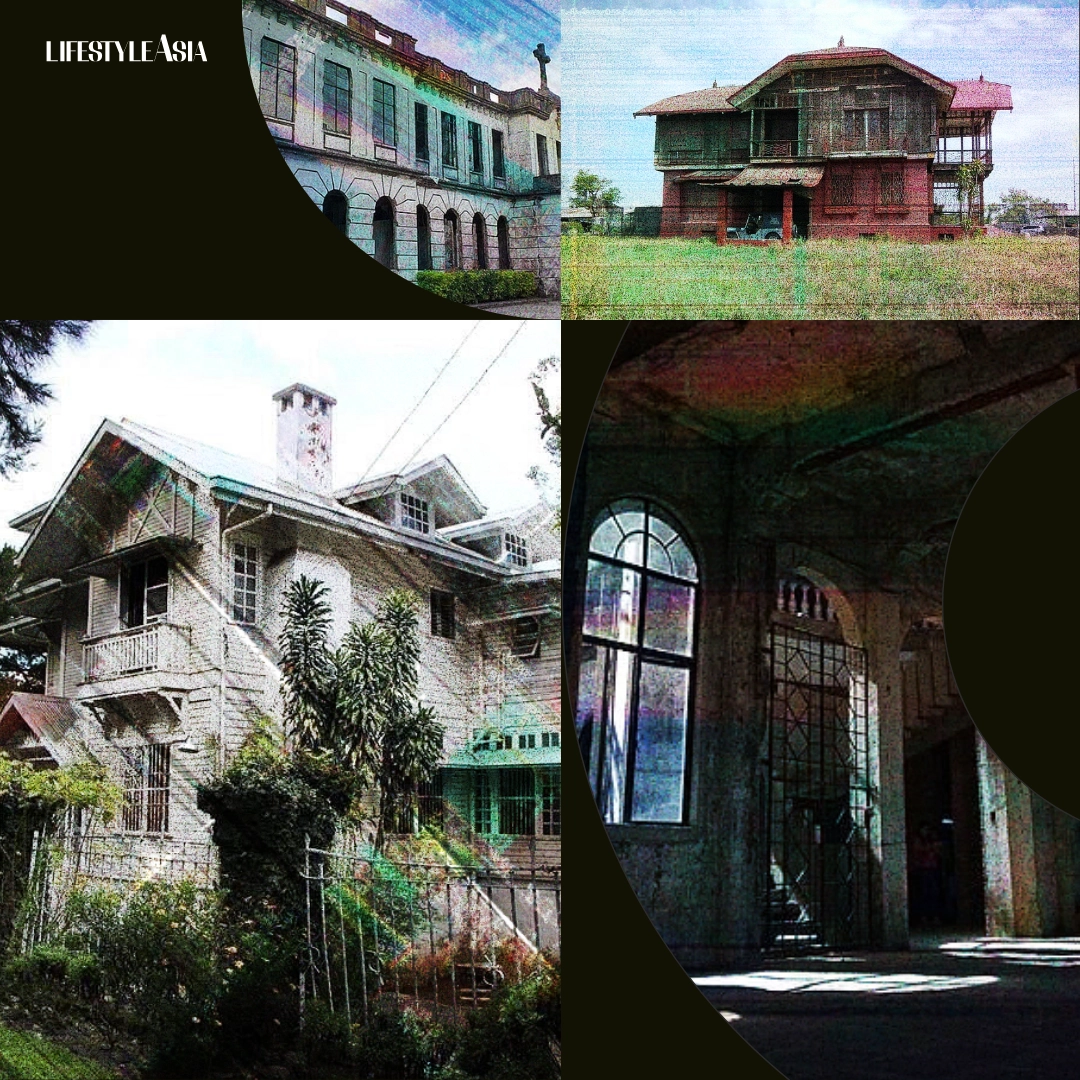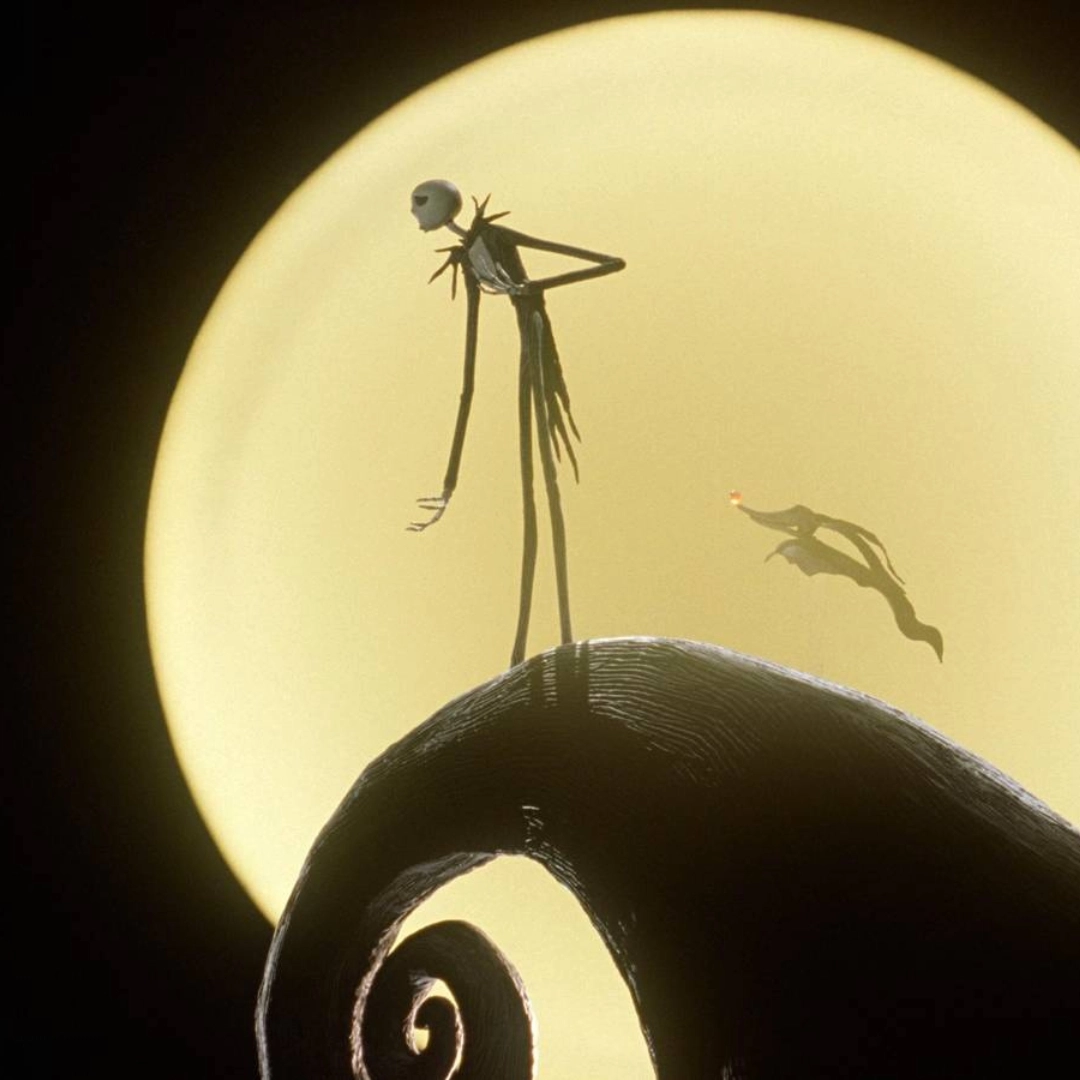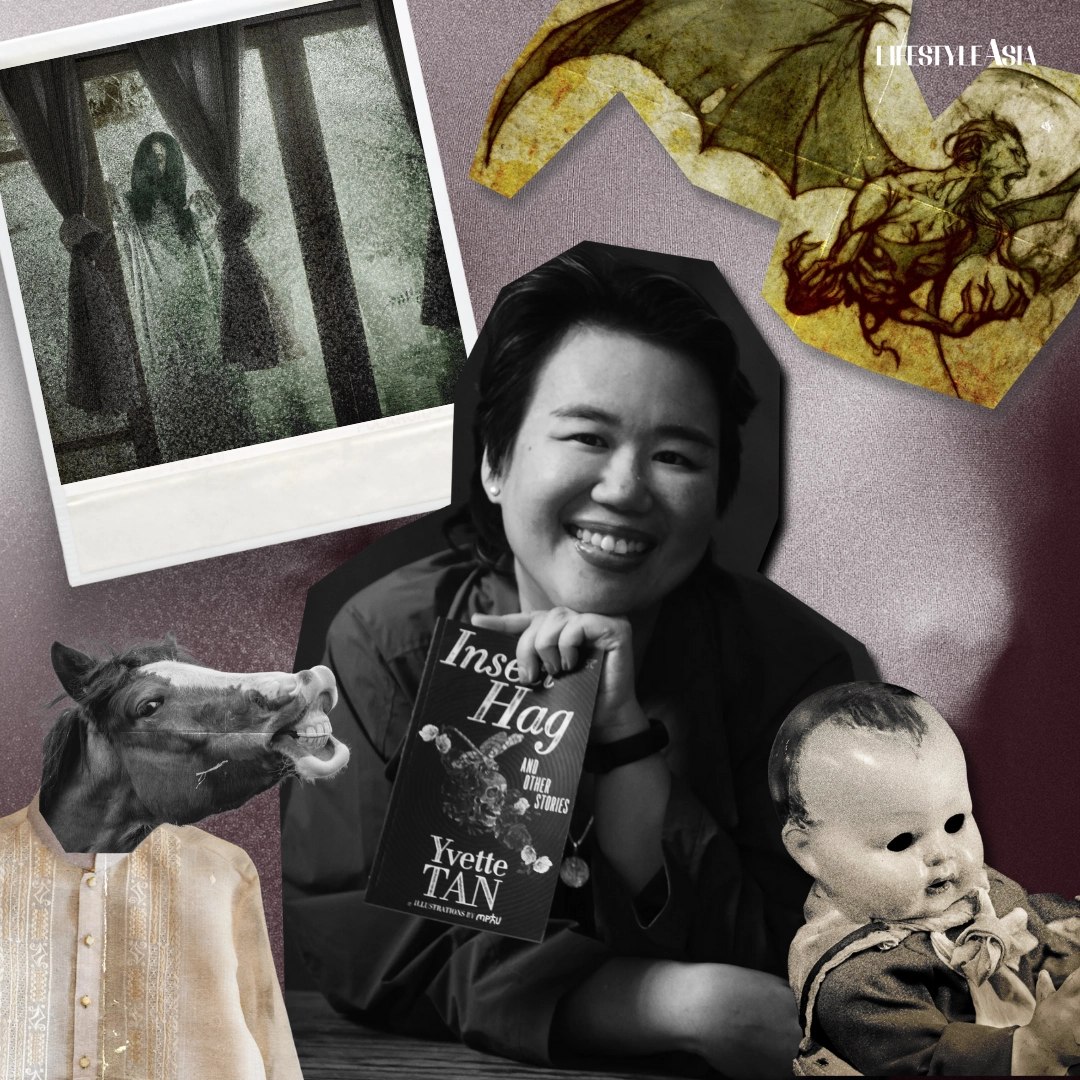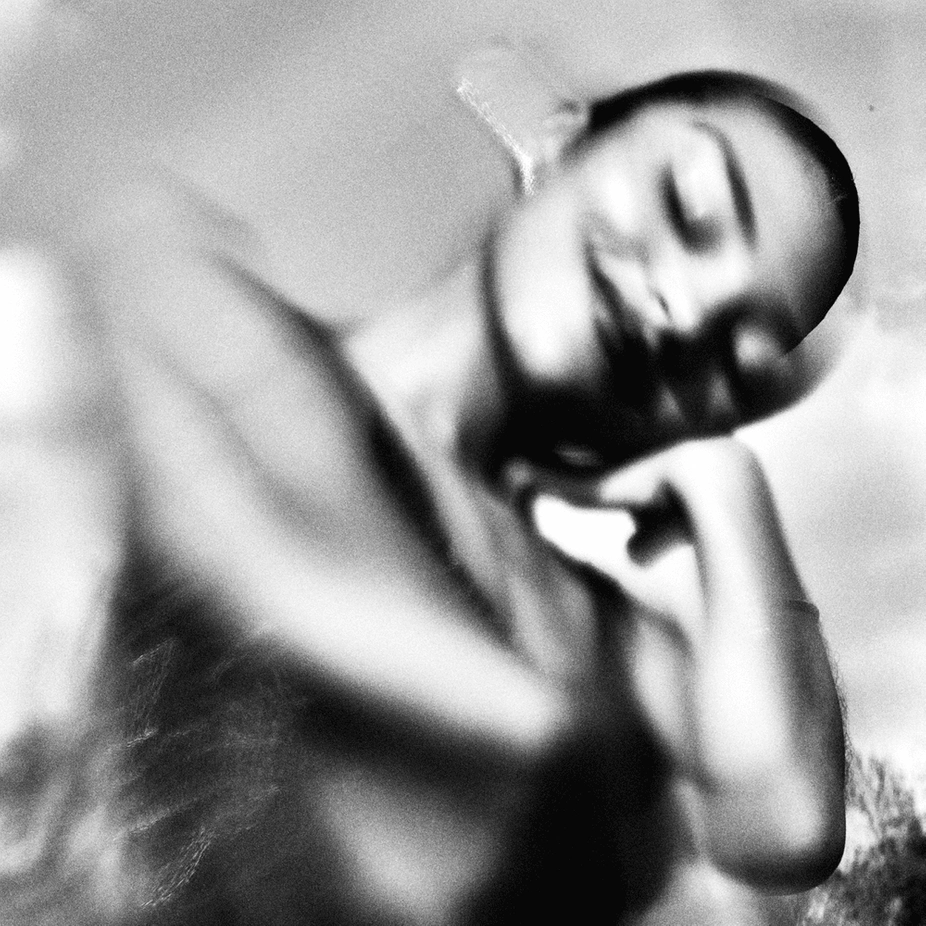Not for the faint of heart, these eight spots are tied with tragic histories and otherworldly forces that have captured people’s fears and imaginations.
Content Warning: The following article contains mentions of torture, sexual assault, and other forms of bodily harm that may disturb; reader discretion is advised.
Writing a list of haunted places is like trying to grasp water in your hands, give it shape, and convince people to somehow stick around and witness the attempt. The creepy to downright terrifying mysteries that surround these spots in the Philippines are fueled by stories, rather than logic. Trust me, someone tells you, I felt it. I saw it. I know someone who did. Like other articles of its kind, this one isn’t for the skeptics—it’s for those who believe there may be forces beyond our physical plane of existence. Then again, what am I trying to defend? Most Filipinos understand this; we’re superstitious people by nature.
What Makes A Place Haunted?
Skim this list, and there seems to be a common thread: tragedy. Pain. Something unresolved, events so jarring that people can’t seem to forget them—even in death. Sometimes it’s simply the energy of a space, or the ways our collective beliefs create a strange, shared experience of it. So while we can trace the history of a place as far as facts allow, for the rest of it—the things that go bump in the night—you’ll just have to take the word of those who’ve seen the unimaginable.
READ ALSO: From The Desk Of An Exorcist: An Interview With Fr. Jocis Syquia
Mount San Cristobal, Laguna
Mount San Cristobal is the darker half of the equally famous Mount Banahaw, the two twin peaks defining the border between Laguna and Quezon. Just look at their nicknames: Mount San Cristobal is the “Devil’s Mountain,” while Banahaw gets the title “Holy Mountain” (Bundok Dambana). Both are said to be charged with spiritual forces, but where Banahaw is a holy pilgrimage site, Cristobal holds a more negative, sinister energy.
Again, we can only work through personal accounts, stories passed down from one mountaineer to another, but many of them point to hikers (even fairly experienced ones) being led off established routes, causing them to move in circles or wander into unfamiliar paths.
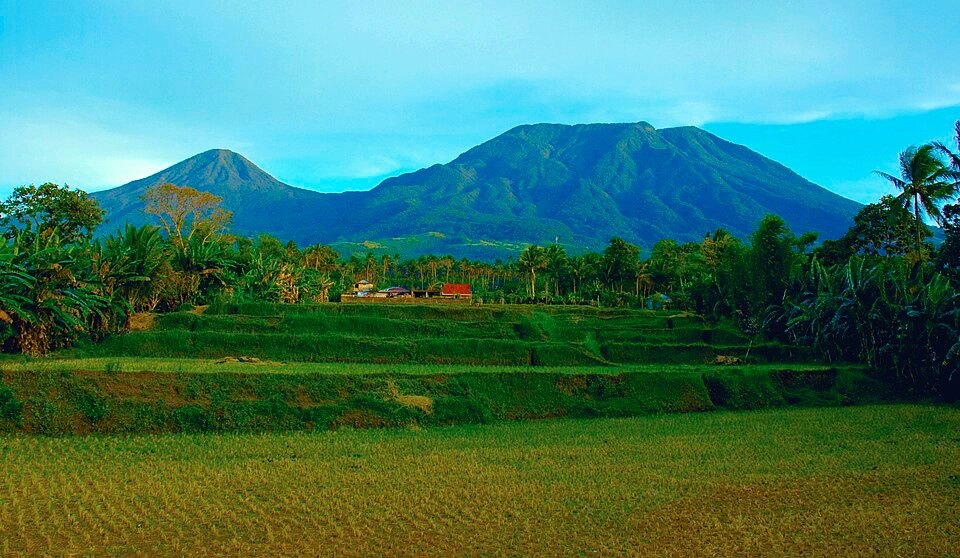
Others say there are malignant forces (what Filipino folklore refers to as malignos) that watch mountaineers, creating an unsettling atmosphere that’s hard to ignore. It’s said that one powerful spirit takes lives as payment or “tribute,” either through hiking-related deaths, disappearances, local murders, or suicides that take place within the mountain’s territory. Locals talk of a creature called the “Tumao,” similar to Yeti or Bigfoot in appearance, which roams around during periods of heavy fog.
If you believe in the animistic stories of our ancestors, these entities (malignos) are likely empowered by the wild nature that surrounds them—the usual power one can expect from a terrain as unpredictable, lush, and dangerous as a mountain. Of course, people can chalk it up to challenging terrain, a lack of preparation, and a simple loss of direction. No official documentation is readily available to confirm how many deaths have taken place within the mountain, if there were any. Still, the stories continue to circulate among those brave enough to take the climb.
Laperal White House, Baguio
Baguio is teeming with haunted spots, thanks to its storied past and precarious location (natural disasters like the 1990 Luzon earthquake have left a trail of death in their wake). Even the smallest, most random properties can house spirits (it’s old land, after all). But the most infamous haunted residence on the list is the Laperal White House, its name capable of eliciting goosebumps among elders familiar with its history. Even my father, a self-proclaimed man of logic, hesitates to drive by it whenever we go to Baguio—the eerie white house out in the open Leonard Road. “Whatever’s in there might follow you home…people have seen things through the windows,” he tells me.
As testament to its notoriety, the home has been covered extensively by various news and entertainment outlets, including HISTORY Asia and GMA. The story goes like this: Don Roberto Laperal, patriarch of the home’s namesake family, built the structure in the 1920s to serve as a rest house for his family. All was fine until the Japanese came knocking on their doors in the 1940s, forcing the clan out of their home.
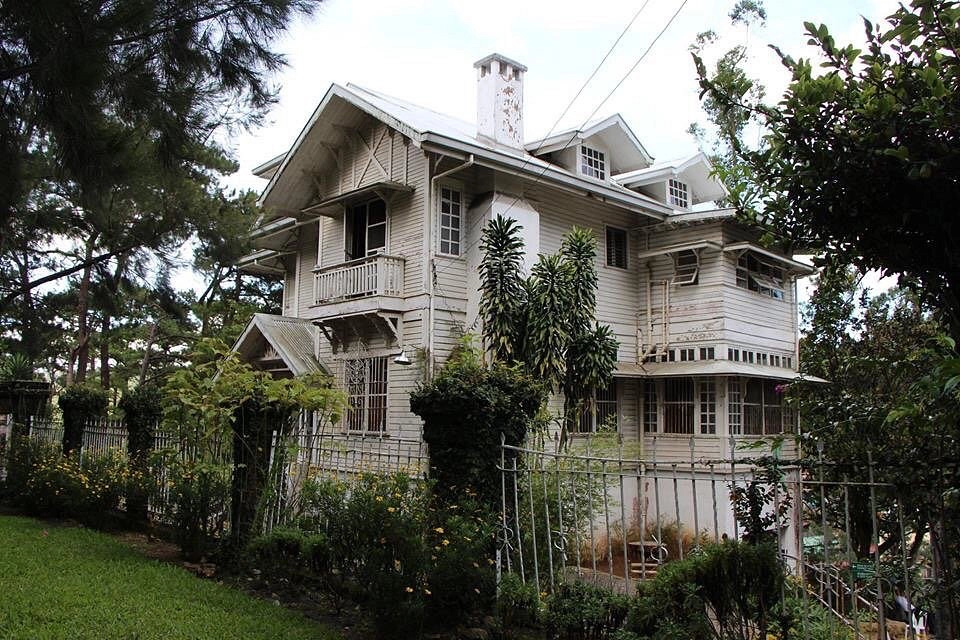
And what did the Japanese use the home for? You can guess. It was reportedly transformed into a garrison where many Filipinos were tortured and killed, with rumors saying bodies were buried in the garden. So it’s no wonder the people who watched over the property—security guards, maids, groundskeepers—reported seeing apparitions of all sorts throughout their tenure.
While some caretakers—including one who claims to have done research into the abode when he began experiencing odd phenomena—say that members of the Laperal family were tragically killed during the war, there aren’t any official (or, in the case of this writer, accessible) records to support this. Others say they survived and returned to their home, only to die under mysterious circumstances (illnesses and accidents), leading people to believe the place was cursed. Case in point, Don Roberto died after slipping and hitting his head on the very stairs in front of the house. The family would eventually abandon the residence, leaving it in a decrepit state for years.
Visitors would report the lights going off, unexplainable sounds, the feeling of being watched, among other things: all the usual makings of a haunted house. Common ghosts include two young children; a man people suspect is Don Roberto himself; and a lady in white, who appears either on the house’s front stairs or by the windows staring at unfortunate passerbys. The home has since been refurbished and turned into the upscale restaurant Joseph’s, which welcomes anyone brave or skeptical enough to enjoy a meal. Well, if you decide to go alone, at least you know you’ll always have company.
Old Diplomat Hotel, Baguio
The Old Diplomat Hotel is yet another haunted Baguio spot tainted by the violence of World War II. Situated at the top of Dominican Hill, the structure was many things over the course of its existence—all of which carry a shadow of misfortune, despite its tranquil beginnings. Built in the early 1900s as a retreat house for Dominican friars (then eventually a seminary), Japanese forces later turned it into a torture chamber. Nuns, priests, and civilians who once took refuge in the space were brutally tortured and killed.
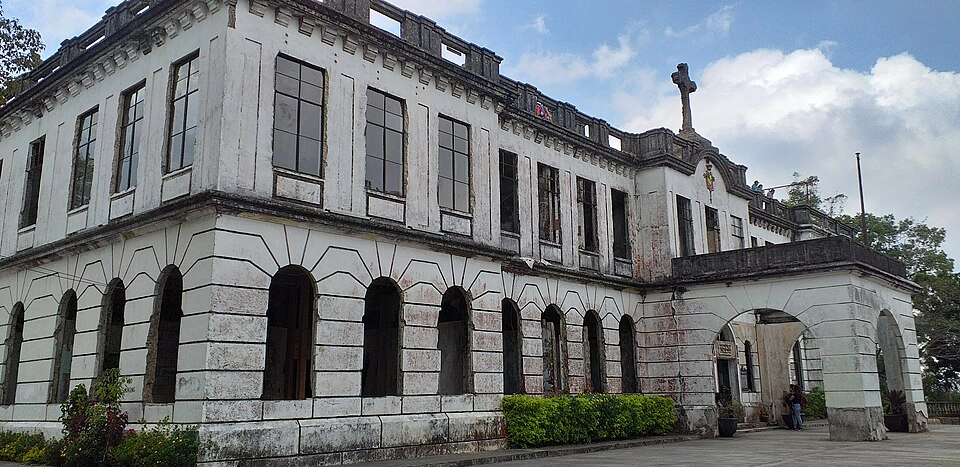
The property would remain untouched until faith healer Tony Agpaoa purchased it in the 1970s, turning it into the “Diplomat Hotel.” But after he died in the early 1980s, the hotel closed down and went into a state of ruin, all the more when the devastating Luzon Earthquake hit in the 1990s. Today, it remains abandoned, now part of Baguio’s “Heritage Hill and Nature Park Garden.”
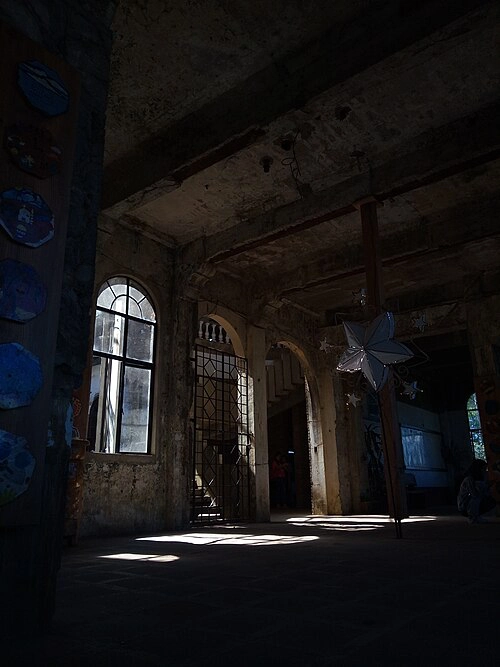
Visitors who got a chance to explore the dilapidated property (it’s was closed off from the public in recent years due to safety concerns) have reported seeing headless apparitions of priests and nuns, as well as a little girl by the hotel’s fountain; hearing disembodied voices; and feeling sudden temperature drops (which could be Baguio weather or something else entirely). With its creepy atmosphere and terrible history, it stands as one of the country’s most iconic haunted spots.
Bahay Na Pula, Bulacan
Moving to Bulacan, we have another place that witnesses say is haunted. By ghosts, yes, but also by a painful past that shouldn’t be forgotten. Painted red and bearing an ominously fitting name, Bahay na Pula was used by Japanese soldiers as a comfort woman station: a place where they’d sexually assault Filipina women from the nearby barrio of Mapaniqui, exposing them to inhumane, unbelievably vile acts of abuse, and killing was part of the equation.
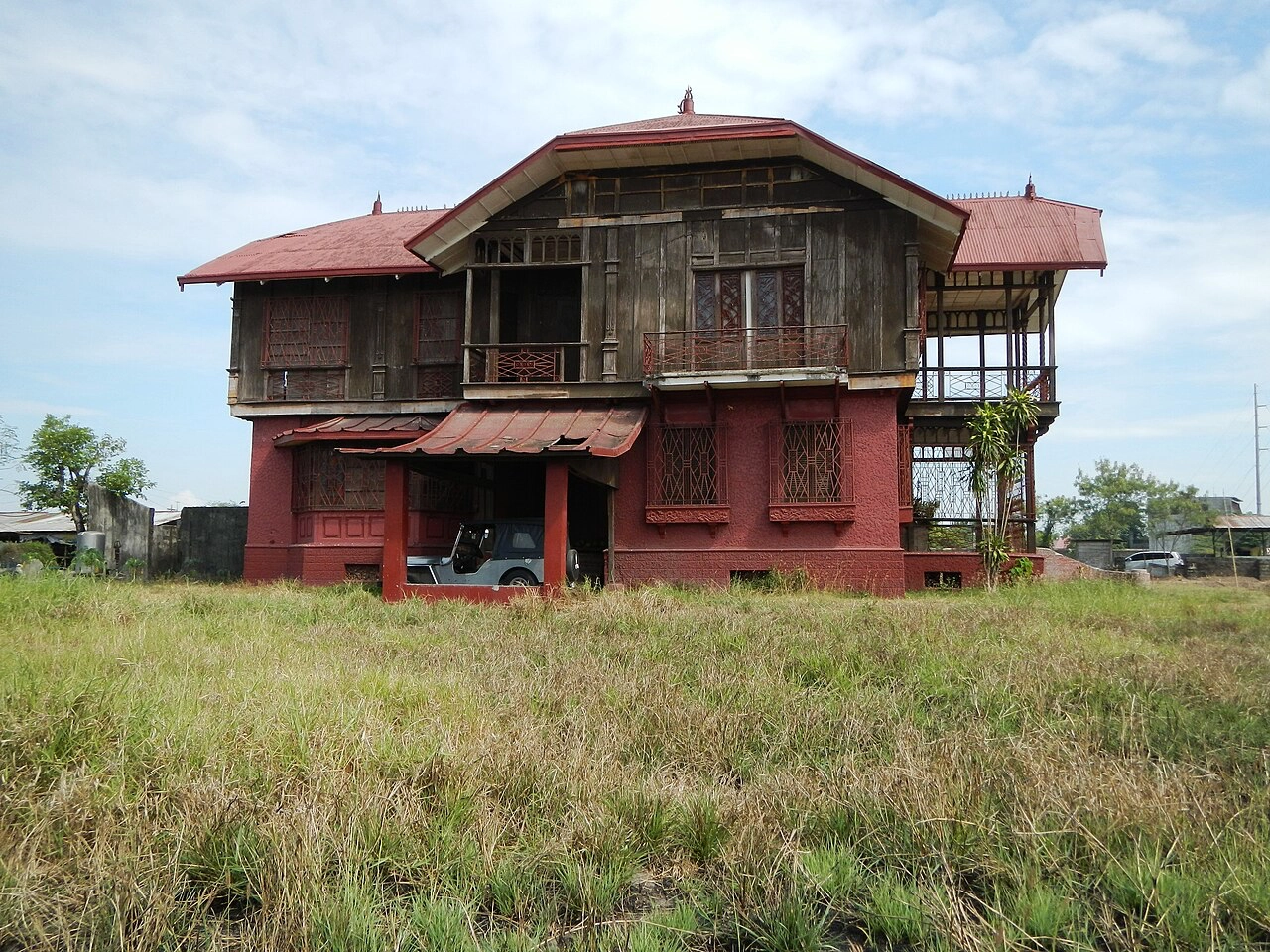
The home, built in the 1920s by haciendero Don Ramon Ilusorio, earned its name (“The Red House”) through the color of its facade—but that took a whole new meaning during the war. It’s said that guerrilla soldiers were also tortured and burned alive right in front of the property. The house eventually fell into disrepair and now stands in a ruinous state. Locals believe it’s plagued by tortured souls, as it continues to bear a sense of heaviness despite most of it being an open-air space (much of the structure is gone).
The Japanese government hasn’t made any significant moves to properly acknowledge the existence of comfort women—not just in the Philippines, but also in other countries that suffered under its rule, like Korea, China, and Indonesia. The women who survived the ordeal at Bahay na Pula are dwindling. Regardless of paranormal activity, the place is haunted by a significant but often forgotten part of our history—a memory scarier than any spectre out there, but one that must linger so future generations never forget these atrocities.
Ozone Disco, Quezon City
Once located along the 11th World Scout Jamboree Memorial Rotonda of Timog Avenue, Ozone Disco was Quezon City’s place to be for many people throughout the 1990s, from students to young adults. Sadly, in what many believe to have been an electrical malfunction (exacerbated by negligence or a lack of proper safety measures), a fire took the lives of roughly 162 patrons one evening in 1996.
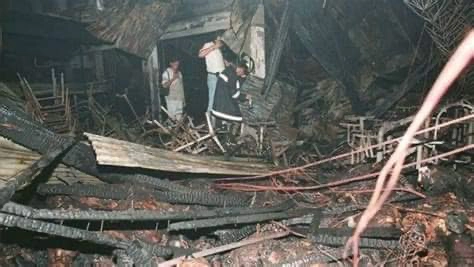
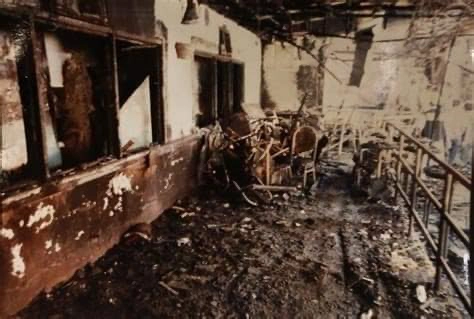
Music turned into screams as the crowd rushed out to escape the flames, but a lack of proper fire exits and an entryway that only swung inwards ended up trapping people in a mass grave. Many of those who survived were left severely burnt and disfigured. Bodies were near unrecognizable due to the damage, piled atop one another as grieving family members struggled to identify loved ones.
The accident is one of the world’s worst nightclub fires. Even after the establishment closed down, people claimed to hear the anguished cries and screams of the disco’s victims during their final moments. In one particularly chilling account, writer Noel Pabalate recounts a story from a professor, whose crew was in charge of creating a Halloween feature on Ozone Disco’s paranormal activity, just several months after the accident. While filming in the evening, they encountered a group of bystanders watching them filming; when they requested them to leave, they said they couldn’t, softly saying “Hindi po kami, makalabas. Hindi po namin mabuksan ang pinto. Tulong…Tulong…Tulong…” [“We can’t go out. We can’t open the door. Help…help…help…”], before disappearing completely.
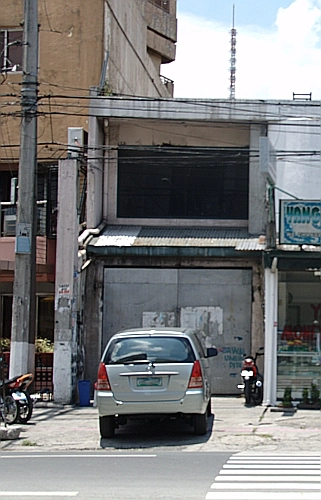

Even after Ozone Disco was demolished, the lot remained empty for years—most people unwilling to claim a haunted place so marked by death. I know this because I spent decades passing by that very area, the property just a few minutes away from my home. But a branch of the Filipino fast food company GoodAh!!! has since taken over that very spot, offering 24-hour service…a gutsy move, and one that baffles me a bit, but as long as customers don’t bring home anything other than their takeout, that should be fine.
Balete Drive, Quezon City
No list is complete without one of the country’s most famous haunted places: Balete Drive. Whether or not this street in the New Manila district of Quezon City is truly haunted by a White Lady remains to be seen. People say the urban legend was invented by a reporter in the 1950s who just wanted a buzzworthy headline on a slow news day.
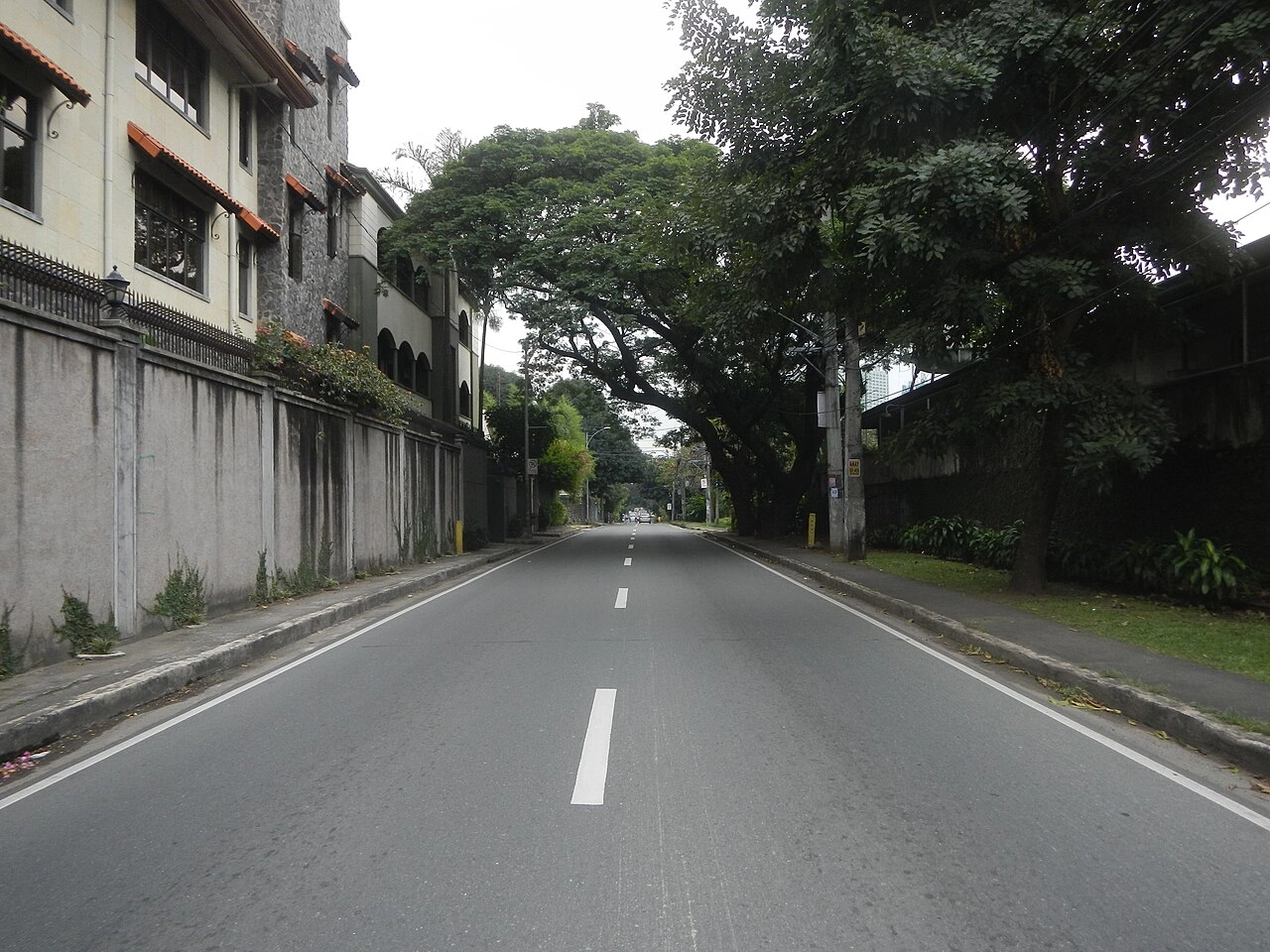
What gave the story some legitimacy—or at least, what made it strike tangible fear into the hearts of the public—was when the then captain of the Quezon City Police Department became one of her targets. He was driving his car late at night and saw a woman asking for a ride. Concerned about her safety, he offered to take her home, letting her ride in the backseat. She requested to be dropped off at España Extension; the only problem was, she never reached their destination, quietly disappearing when the officer turned around to tell her they were there. Some say she was a victim of a hit-and–run cold case, her spirit seeking out the man who killed her.
Tales of the White Lady of Balete Drive have haunted Filipinos for decades; even today, many aren’t keen on driving by the street late at night or in the early hours of the morning. It didn’t help that Balete Drive was once poorly lit and rife with its eponymous Balete trees—which, in Filipino superstition, are supposed to hold strong supernatural powers.
Manila Film Center, Pasay
Yet another place marked by tragedy, the Manila Film Center in Pasay is said to be haunted by the restless spirits of construction workers who died within its walls. I remember walking past its stony stairs as my father told me about its eerie reputation—and really, one look at the weathered structure is enough to make you believe the stories. The words “Amazing SHOW” still adorn its facade, a cruelly ironic phrase given the building’s grim history.
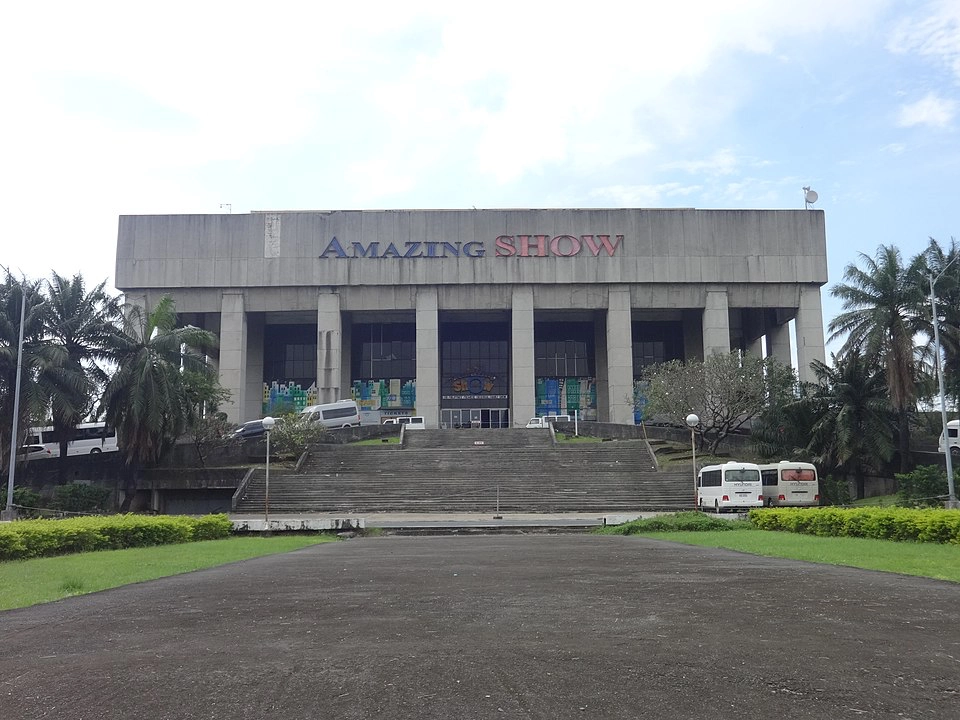
Strangely (though not entirely surprisingly), a simple Google search yields little official coverage. Thankfully, someone uploaded a video of filmmaker Lino Brocka recounting the events that continue to haunt the center today—reminders that shouldn’t be forgotten. Construction was rushed to meet the deadline of the 1981 Manila International Film Festival, under the dictatorship of Ferdinand and Imelda Marcos.
One late night in November 1981, scaffolding gave way, sending workers plummeting from the third floor. To make matters worse, Imelda had ordered the use of quick-drying cement, which was still wet when the victims fell. Instead of calling for immediate aid, she declared a media blackout, preventing reporters and rescue workers from reaching the injured for nine hours.
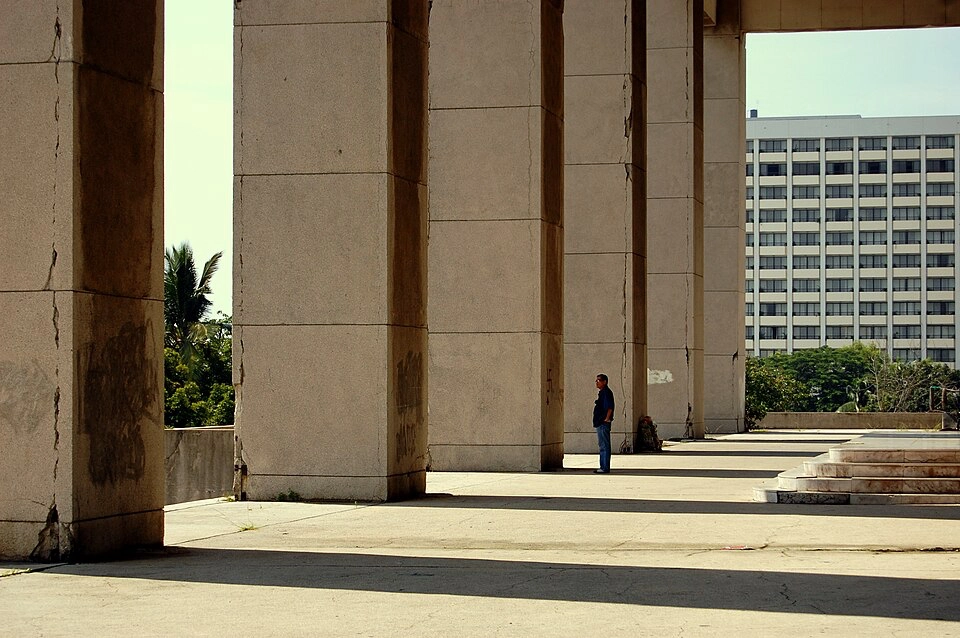
The result: an estimated 168 dead (though the exact number remains uncertain due to censorship), either entombed in cement or impaled on steel bars. Imelda then faced two choices: halt construction or carry on as if nothing had happened. She chose the latter. Brocka recalled a gruesome detail: unconscious workers cut into pieces, their bodies too deeply trapped in the cement to extract.
He also revealed that a week-long series of exorcisms followed the building’s completion: Buddhist, Catholic, and finally a traditional Filipino rite involving the live sacrifice of a carabao, its blood splattered on the walls. Yet the building stayed haunted with wails and screams echoing through its halls; the stench of decay; cracks splitting the walls; and even the sudden deaths of two security guards, reportedly from sheer fright. After the 1990 Luzon earthquake, the Film Center was largely abandoned due to structural damage—standing now as a twisted monument to horrors both real and supernatural.
The Heritage Hotel, Pasay
Here’s something you won’t find in most articles: an account from my mother, which I’ve carried with me since middle school (it made for a great story to scare friends). Part of the Korean crew at a Philippine airline company, she and her colleagues were billeted at The Heritage Hotel in Pasay during the 1990s. All was fine—until strange things began to happen. My mother felt sudden drops in temperature and dreamt of cold hands clawing at her, only to wake and see a burnt, disfigured man in the mirror by her bedside. One of her colleagues later ran to her, screaming in broad daylight, claiming she’d seen a pale woman in a bathrobe pass straight through a wall.
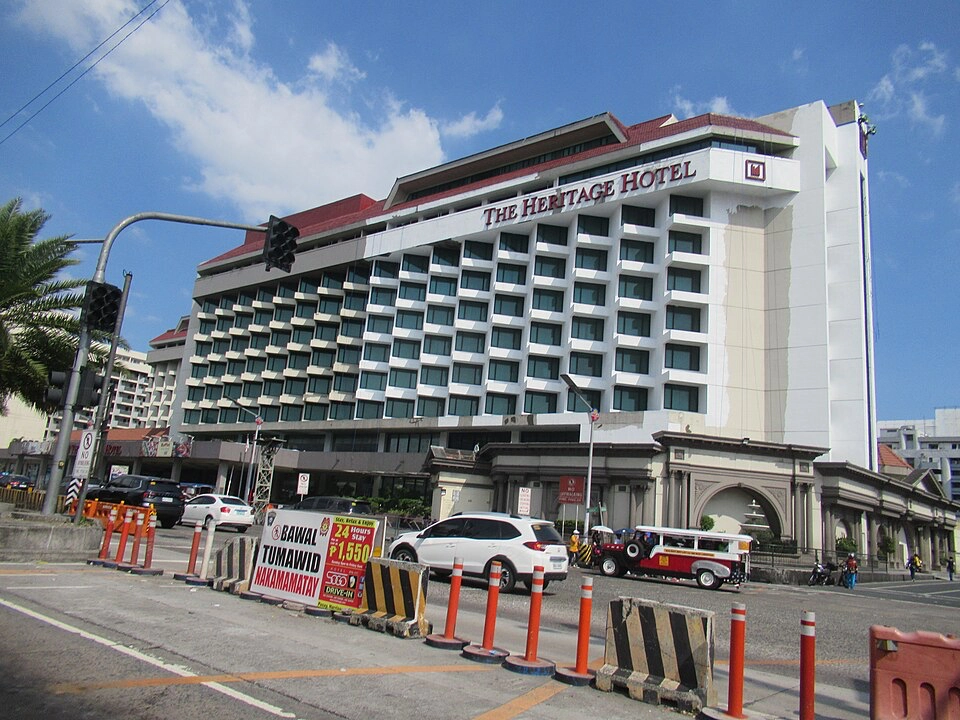
The breaking point came one evening at the hotel pool. A co-worker dropped her goggles and dove to retrieve them, only to resurface shrieking that she’d seen a woman lying at the bottom, staring up with wide, open eyes. But when they looked again, the well-lit pool was empty.
My mother eventually confronted the hotel manager in private about what was happening. He admitted this wasn’t the first time guests had complained of the paranormal. In 1985, when the property was still called the Regent of Manila Hotel, a fire claimed the lives of its guests. When I was younger, I took my mother’s story at face value. As I got older, I decided to check for myself—and sure enough, I found reports from The New York Times and United Press International confirming the tragedy.
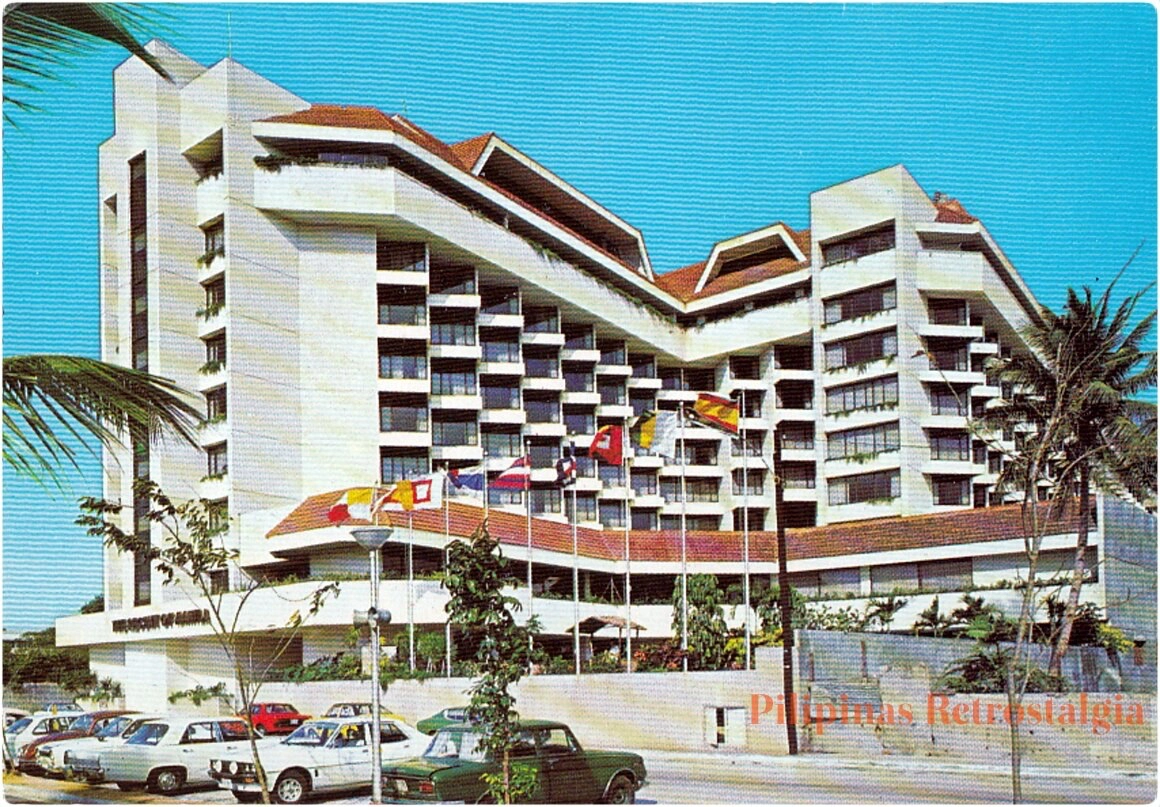
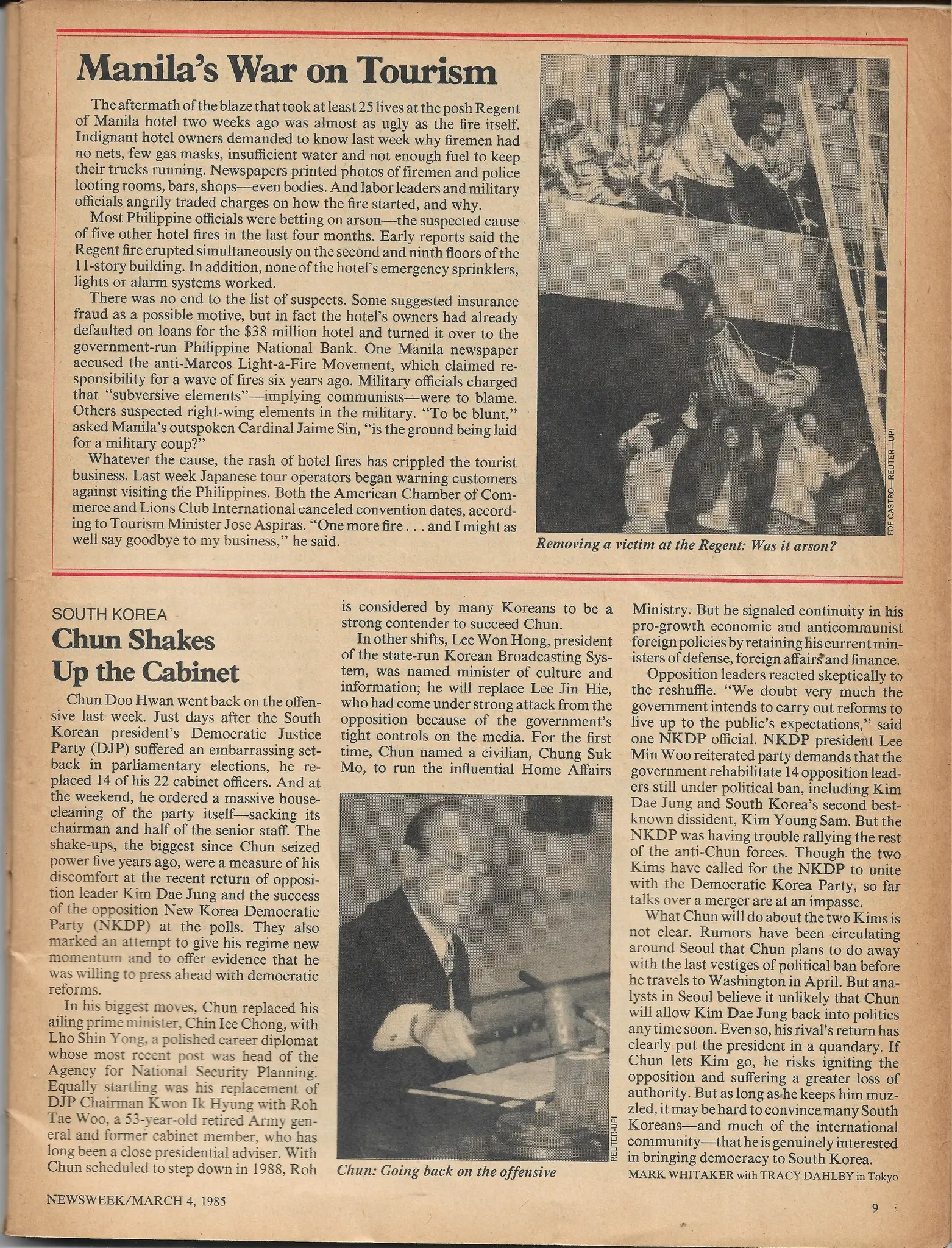
The blaze burned for eight hours, killing 16 people and injuring at least 20. Most died of suffocation, but some leapt from windows in desperation, including an unidentified foreigner whose body was shattered on the ground. A Caucasian woman died on the seventh-floor ledge, reportedly calling for help that never came, while another victim was found on the second-floor ledge.
My mother has never returned to the hotel since she checked out all those years ago. Whether its ghosts remain, I can’t say—but one thing’s certain: they’ve lingered far longer than your usual hotel guests.
